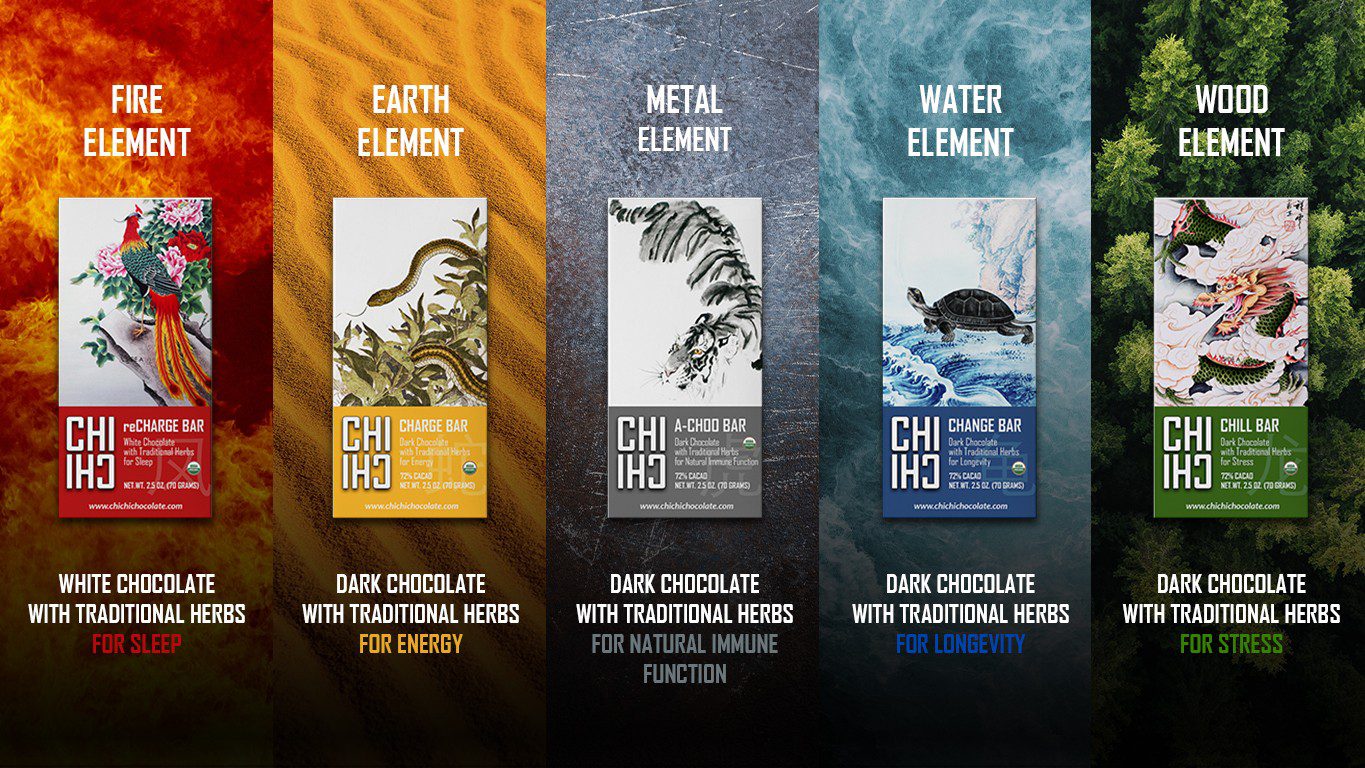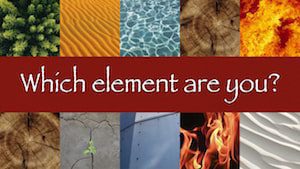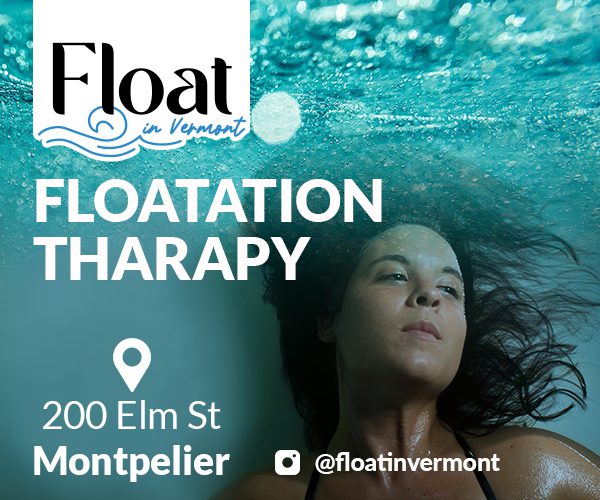10 Facts You Should Know About Dry Needling
Here are 10 facts you should know about the illegal and unsafe practice of acupuncture under the term dry needling:
1. Dry needling is acupuncture.
“Dry needling” was first described over 2,000 years ago in China’s earliest and most comprehensive extant medical treatise, the Yellow Emperor’s Inner Classic (Huangdi neijing), where it discusses in detail using tender or painful points, also known as “trigger points” or “motor points,” to treat pain and dysfunction, particularly of the neuromusculoskeletal system. Simply described, “dry needling” involves inserting an acupuncture needle into a tender or painful point and then appropriately manipulating (rotating and/or pistoning) it for therapeutic purposes.
2. Tender or painful points, also known as “trigger points” or “motor points,” are acupuncture points.
Tender or painful points are located in muscles and connective tissues, and, as their name suggests, are identified through tenderness or pain on palpation. This was, in fact, one of acupuncture’s earliest forms of point selection. China’s preeminent physician, Sun Si-Miao (581–682 C.E.), called these tender or painful points “ashi” points. In Chinese, ashi means Ah yes! (That’s the right spot.). So, when the tender or painful point is pressed, the patient feels an unexpected local and/or referred “wince-pain” and says Ah yes! That’s the right spot. Incidentally, in a 1977 study published in Pain (the official journal of the International Association for the Study of Pain), Melzack, Stillwell and Fox established that “every trigger point [reported in the Western medical literature] has a corresponding acupuncture point.”* A number of studies subsequently published in the Western medical literature have reached this same basic conclusion.
* Source: Melzack R, Stillwell DM, Fox EJ. Trigger points and acupuncture points for pain: correlations and implications. Pain. 1977 Feb;3(1):3–23.
3. Dry needling is not “manual therapy;” it is acupuncture.
It is important to emphasize that “dry needling” is an invasive, acupuncture needle intervention (that is, it is acupuncture, a specialized form of minimally invasive surgery), whereas manual therapy is a noninvasive, hands-on intervention (for example, massage, mobilization/manipulation). Manual therapy certainly does not include the practice of surgery in any form.
4. Dry needling is not a “technique;” it is acupuncture.
To make clear, the act of inserting an acupuncture needle into the body, under any pretense, or for any purpose whatsoever, is the practice of acupuncture.
5. Physical therapists and other allied health professionals who are not licensed by law to practice acupuncture cannot legally purchase acupuncture needles.
The Food and Drug Administration (FDA) classified acupuncture needles as Class II medical devices subject to strict regulations under the federal Food, Drug, and Cosmetic Act (FDCA) and FDA’s regulations. Individuals purchasing or receiving acupuncture needles who are not licensed by law to practice acupuncture are directly violating both civil and criminal provisions of the FDCA intended to protect public safety. 21 U.S.C. § 331(a)–(c), (g). These include the FDA’s requirements that acupuncture needles can only be sold to “qualified practitioners of acupuncture.” 61 Fed. Reg. 64616 (December 6, 1996). FDA prescription labeling requirements themselves specifically prohibit the sale of acupuncture needles to anyone who is not a qualified practitioner of acupuncture. The required FDA prescription labeling on the package from which acupuncture needles are to be dispensed states: “Caution: Federal law restricts this device to sale by or on the order of qualified practitioners of acupuncture as determined by the States.” 21 CFR § 801.109(b)(1) (emphasis added). Any individual who is not licensed by law to practice acupuncture is directly violating the FDCA and FDA’s civil and criminal prohibitions when they purchase or receive acupuncture needles for use in “dry needling.”
6. Physical therapists and other allied health professionals who are not licensed by law to practice acupuncture are using acupuncture needles to perform dry needling.
Physical therapists and other allied health professionals who are not licensed by law to practice acupuncture would have you believe that they are not using acupuncture needles to perform “dry needling,” when they are, in fact, using acupuncture needles, which are clearly labeled as such on the dispensing package.
7. Physical therapists and other allied health professionals who are not licensed by law to practice acupuncture are not qualified to perform dry needling.
“Dry needling” is far outside both physical therapists’ and other allied health professionals’ scope of practice and their scope of education and training. In most states, to become a licensed acupuncturist, an applicant must complete a minimum of 1,905 hours of education and supervised clinical training (1,245 hours of education and 660 hours of supervised clinical training). Yet physical therapists and other allied health professionals who are not licensed by law to practice acupuncture are inserting acupuncture needles (up to four inches or more in length) into unsuspecting patients with as little as a weekend workshop in acupuncture.
8. There are real risks associated with the use of acupuncture needles by physical therapists and other allied health professionals who lack the education and supervised clinical training of licensed acupuncturists.
These real risks include, but are not limited to, blood vessel, nerve and organ injury from inappropriate acupuncture needle angle and depth of insertion or from inappropriate acupuncture needle manipulation; and infection and cross infection from nonsterile acupuncture needles, poor hygiene in acupuncture needle handling, and inadequate skin preparation.
9. There have been recently reported cases of injury or harm from the use of acupuncture needles by physical therapists and other allied health professionals who lack the education and supervised clinical training of licensed acupuncturists.
In one such case, Emily Kuykendall, a high school teacher from Maryland, had suffered nerve damage from the use of acupuncture needles by a physical therapist. In another such case, Kim Ribble-Orr, a former Olympic athlete from Canada, had suffered a punctured lung and a pneumothorax (the presence of air in the cavity between the lungs and the chest wall, causing collapse of the lung) from the use of acupuncture needles by a massage therapist.
*If you or someone you know has suffered injury or harm from the use of acupuncture needles by a physical therapist or other allied health professional who lacked the education and supervised clinical training of licensed acupuncturists, we want to hear from you. Our phone number is 775-301-5255.
10. It is illegal for physical therapists or any other providers to submit claims for payment to Medicare for dry needling (a non-covered service) as “physical therapy” (a covered service).
Since “dry needling” is acupuncture, it is not a covered service. Use of acupuncture needles is not a covered service, whether an acupuncturist or any other provider renders the service. 42 U.S.C. § 1395y(a)(1). Its billing under Current Procedural Terminology (CPT) codes 97112 (neuromuscular reeducation) or 97140 (manual therapy techniques) is a misrepresentation of the actual service rendered and is considered fraud by Medicare. 31 U.S.C. §§ 3729–3733.
*If you suspect Medicare fraud, call the Medicare Fraud Hotline at 1-800-HHS-TIPS (1-800-447-8477). TTY users should call 1-800-377-4950.
*Information on this page is used with consent from the National Center for Acupuncture Safety and Integrity
http://www.acupuncturesafety.org/10Facts






